READING PASSAGE 1
Tea and Industrial Revolution
A. Alan Macfarlane thinks he could rewrite history. The professor of anthropological science at King’s College, Cambridge has, like other historians, spent decades trying to understand the enigma of the Industrial Revolution. Why did this particular important event – the world-changing birth of industry – happen in Britain? And why did it happen at the end of the 18th century?
B. Macfarlane compares the question to a puzzle. He claims that there were about 20 different factors and all of them  needed to be present before the revolution could happen. The chief conditions are to be found in history textbooks. For industry to ‘take off’, there needed to be the technology and power to drive factories, large urban populations to provide cheap labour easy transport to move goods around, an affluent middle-class willing to buy mass-produced objects, a market-driven economy, and a political system that allowed this to happen. While this was the case for England, other nations, such as Japan, Holland and France also met some of these criteria. All these factors must have been necessary but not sufficient to cause the revolution. Holland had everything except coal, while China also had many of these factors.
needed to be present before the revolution could happen. The chief conditions are to be found in history textbooks. For industry to ‘take off’, there needed to be the technology and power to drive factories, large urban populations to provide cheap labour easy transport to move goods around, an affluent middle-class willing to buy mass-produced objects, a market-driven economy, and a political system that allowed this to happen. While this was the case for England, other nations, such as Japan, Holland and France also met some of these criteria. All these factors must have been necessary but not sufficient to cause the revolution. Holland had everything except coal, while China also had many of these factors.
C. Most historians, however, are convinced that one or two missing factors are needed to solve the puzzle. The missing factors, he proposes, are to be found in every kitchen cupboard. Tea and beer, two of the nation’s favorite drinks, drove the revolution. Tannin, the active ingredient in tea, and hops, used in making beer, both contain antiseptic properties. This -plus the fact that both are made with boiled water- helped prevent epidemics of waterborne diseases, such as dysentery, in densely populated urban areas. The theory initially sounds eccentric but his explanation of the detective work that went into his deduction and the fact his case has been strengthened by a favorable appraisal of his research by Roy Porter (distinguished medical historian) the skepticism gives way to wary admiration.
D. Historians had noticed one interesting factor around the mid-18th century that required explanation. Between about 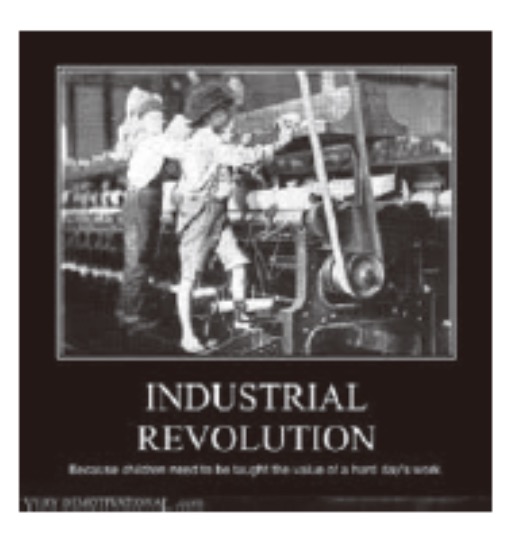 165D and 1740, the population was static. But then there was a burst in population. The infant mortality rate halved in the space of 20 years, and this happened in both rural areas and cities, and across all classes. Four possible causes have been suggested. There could have been a sudden change in the viruses and bacteria present at that time, but this is unlikely. Was there a revolution in medical science? But this was a century before Lister introduced antiseptic surgery. Was there a change in environmental conditions? There were improvements in agriculture that wiped out malaria, but these were small gains. Sanitation did not become widespread until the 19th century. The only option left was food. But the height and weight statistics show a decline. So the food got worse. Efforts to explain this sudden reduction in child deaths appeared to draw a blank.
165D and 1740, the population was static. But then there was a burst in population. The infant mortality rate halved in the space of 20 years, and this happened in both rural areas and cities, and across all classes. Four possible causes have been suggested. There could have been a sudden change in the viruses and bacteria present at that time, but this is unlikely. Was there a revolution in medical science? But this was a century before Lister introduced antiseptic surgery. Was there a change in environmental conditions? There were improvements in agriculture that wiped out malaria, but these were small gains. Sanitation did not become widespread until the 19th century. The only option left was food. But the height and weight statistics show a decline. So the food got worse. Efforts to explain this sudden reduction in child deaths appeared to draw a blank.
E. This population burst seemed to happen at just the right time to provide labor for the Industrial Revolution. But why?  When the Industrial Revolution started, it was economically efficient to have people crowded together forming towns and cities. But with crowded living conditions comes disease, particularly from human waste. Some research in the historical records revealed that there was a change in the incidence of waterborne disease at that time, the English were protected by the strong antibacterial agent in hops, which were added to make beer last. But in the late 17th century a tax was introduced on malt. The poor turned to water and gin, and in the 1720s the mortality rate began to rise again.
When the Industrial Revolution started, it was economically efficient to have people crowded together forming towns and cities. But with crowded living conditions comes disease, particularly from human waste. Some research in the historical records revealed that there was a change in the incidence of waterborne disease at that time, the English were protected by the strong antibacterial agent in hops, which were added to make beer last. But in the late 17th century a tax was introduced on malt. The poor turned to water and gin, and in the 1720s the mortality rate began to rise again.
F. Macfarlane looked to Japan, which was also developing large cities about the same time, and also had no sanitation. Waterborne diseases in the Japanese population were far fewer than those in Britain. Could it be the prevalence of tea in their culture? That was when Macfarlane thought about the role of tea in Britain. The history of tea in Britain provided an extraordinary coincidence of dates. Tea was relatively expensive until Britain started direct hade with China in the early 18th century. By the 1740s, about the time that infant mortality was falling, the drink was common. Macfarlane guesses that the fact that water had to be boiled, together with the stomach-purifying properties of tea so eloquently described in Buddhist texts, meant that the breast milk provided by mothers was healthier than it had ever been. No other European nation drank tea so often as the British, which, by Macfarlane’s logic, pushed the other nations out of the race for the Industrial Revolution.
G. But, if tea is a factor in the puzzle, why didn’t this cause an industrial revolution in Japan? Macfarlane notes that in the 17th century, Japan had large cities, high literacy rates and even a futures market. However, Japan decided against a work-based revolution, by giving up labor-saving devices even animals, to avoid putting people out of work. Astonishingly, the nation that we now think of as one of the most technologically advanced, entered the 19th century having almost abandoned the wheel. While Britain was undergoing the Industrial Revolution, Macfarlane notes wryly, Japan was undergoing an industrious one.
Questions 1-7
Reading passage 1 has seven paragraphs, A-G
Choose the correct heading for paragraphs A -G from the list of headings below.
Write the correct number, i-x, in boxes 1-7 on your answer sheet
List of headings
i. Cases of Japan, Holland and France
ii. City development in Japan
iii. Tea drinking in Japan and Britain
iv. Failed to find a plausible cause for mystery about lower mortality rate
V. Preconditions necessary for industrial revolution
vi. Time and place of industrialization
vii. Conclusion drawn from the comparison with Japan
viii. Relation between population and changes of drink in Britain
ix. Two possible solutions to the puzzle
—————
1 Paragraph A
2 Paragraph B
3 Paragraph c
4 Paragraph D
5 Paragraph E
6 Paragraph F
7 Paragraph G
Questions 8-13
Do the following statements agree with the information given in Reading Passage 1? In boxes 8-13 on your answer sheet, write
TRUE if the statement is true
FALSE if the statement is false
NOT GIVEN if the information is not given in the passage
8 The industrialization did not happen in China because of its inefficient railway transportation.
9 Tea and beer contributed to protect people from waterborne disease.
10 Roy Porter disagreed with the proposed theory about the missing factors
11 The reason of lower child deaths is fully explained by food.
12 The British made beer by themselves.
13 Tax on malt indirectly affected the increase of population in late 17th century
READING PASSAGE 2
Fossil files
“The Paleobiology Database”
A. Are we now living through the sixth extinction as our own activities destroy ecosystems and wipe out diversity? That’s 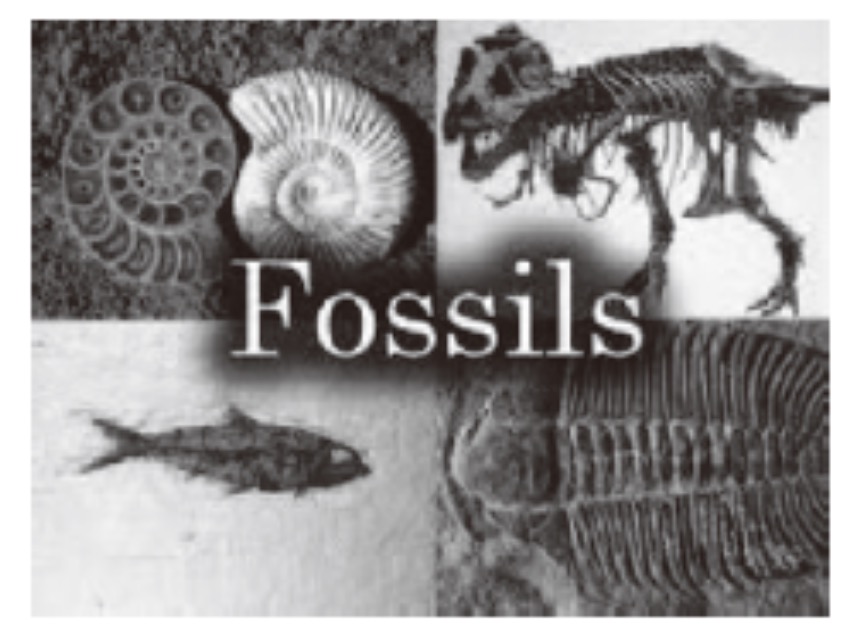 the doomsday scenario painted by many ecologists, and they may well be right. The trouble is we don’t know for sure because we don’t have a clear picture of how life changes between extinction events or what has happened in previous episodes. We don’t even know how many species are alive today, let alone the rate at which they are becoming extinct. A new project aims to fill some of the gaps. The Paleobiology Database aspires to be an online repository of information about every fossil ever dug up. It is a huge undertaking that has been described as biodiversity’s equivalent of the Human Genome Project. Its organizers hope that by recording the history of biodiversity they will gain an insight into how environmental changes have shaped life on Earth in the past and how they might do so in the future. The database may even indicate whether life can rebound no matter what we throw at it, or whether a human induced extinction could be without parallel, changing the rules that have applied throughout the rest of the planet’s history.
the doomsday scenario painted by many ecologists, and they may well be right. The trouble is we don’t know for sure because we don’t have a clear picture of how life changes between extinction events or what has happened in previous episodes. We don’t even know how many species are alive today, let alone the rate at which they are becoming extinct. A new project aims to fill some of the gaps. The Paleobiology Database aspires to be an online repository of information about every fossil ever dug up. It is a huge undertaking that has been described as biodiversity’s equivalent of the Human Genome Project. Its organizers hope that by recording the history of biodiversity they will gain an insight into how environmental changes have shaped life on Earth in the past and how they might do so in the future. The database may even indicate whether life can rebound no matter what we throw at it, or whether a human induced extinction could be without parallel, changing the rules that have applied throughout the rest of the planet’s history.
B. But already the project is attracting harsh criticism. Some experts believe it to be seriously flawed. They point out that a database is only as good as the data fed into it, and that even if all the current fossil finds were catalogued, they would provide an incomplete inventory of life because we are far from discovering every fossilised species. They say that researchers should get up from their computers and get back into the dirt to dig up new fossils. Others are more sceptical still, arguing that we can never get the full picture because the fossil record is riddled with holes and biases.
C. Fans of the Paleobiology Database acknowledge that the fossil record will always be incomplete. But they see value in 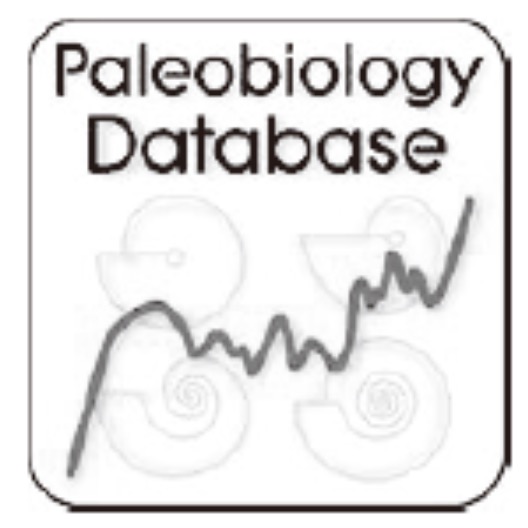 looking for global patterns that show relative changes in biodiversity. “The fossil record is the best tool we have for understanding how diversity and extinction work in normal times,” says John Alroy from the National Center for Ecological Analysis and Synthesis in Santa Barbara. “Having a background extinction estimate gives US a benchmark for understanding the mass extinction that’s currently under way. It allows us to say just how bad it is in relative terms.”
looking for global patterns that show relative changes in biodiversity. “The fossil record is the best tool we have for understanding how diversity and extinction work in normal times,” says John Alroy from the National Center for Ecological Analysis and Synthesis in Santa Barbara. “Having a background extinction estimate gives US a benchmark for understanding the mass extinction that’s currently under way. It allows us to say just how bad it is in relative terms.”
D. To this end, the Paleobiology Database aims to be the most thorough attempt yet to come up with good global diversity curves. Every day between 10 and 15 scientists around the world add information about fossil finds to the database. Since it got up and running in 1998, scientists have entered almost 340,000 specimens, ranging from plants to whales to insects to dinosaurs to sea urchins. Overall totals are updated hourly at www.paleodb.org. Anyone can download data from the public part of the site and play with the numbers to their heart’s content. Already, the database has thrown up some surprising results. Looking at the big picture, Alroy and his colleagues believe they have found evidence that biodiversity reached a plateau long ago, contrary to the received wisdom that species numbers have increased continuously between extinction events. “The traditional view is that diversity has gone up and up and up,” he says. “Our research is showing that diversity limits were approached many tens of millions of years before the dinosaurs evolved, much less suffered extinction.” This suggests that only a certain number of species can live on Earth at a time, filling a prescribed number of niches like spaces in a multi-storey car park. Once it’s full, no more new species can squeeze in, until extinctions free up new spaces or something rare and catastrophic adds a new floor to the car park.
E. Alroy has also used the database to reassess the accuracy of species names. His findings suggest that irregularities in classification inflate the overall number of species in the fossil record by between 32 and 44 per cent. Single species often end up with several names, he says, due to misidentification or poor communication between taxonomists in different countries. Repetition like this can distort diversity curves. “If you have really bad taxonomy in one short interval, it will look like a diversity spike—a big diversification followed by a big extinction-when all that has happened is a change in the quality of names,” says Alroy. For example, his statistical analysis indicates that of the 4861 North American fossil mammal species catalogued in the database, between 24 and 31 per cent will eventually prove to be duplicates.
F. Of course, the fossil record is undeniably patchy. Some places and times have left behind more fossil-filled rocks than others. Some have been sampled more thoroughly. And certain kinds of creatures—those with hard parts that lived in oceans, for example–are more likely to leave a record behind, while others, like jellyfish, will always remain a mystery. Alroy has also tried to account for this. He estimates, for example, that only 41 per cent of North American mammals that have ever lived are known from fossils, and he suspects that a similar proportion of fossils are missing from other groups, such as fungi and insects.
G. Not everyone is impressed with such mathematical wizardry. Jonathan Adrain from the University of Iowa in Iowa City 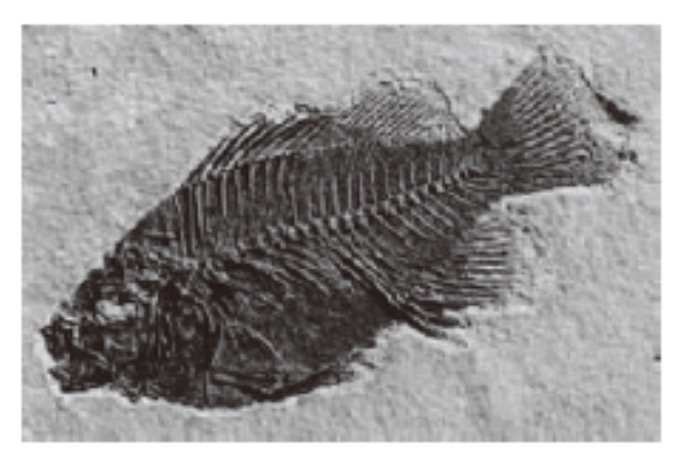 points out that statistical wrangling has been known to create mass extinctions where none occurred. It is easy to misinterpret data. For example, changes in sea level or inconsistent sampling methods can mimic major changes in biodiversity. Indeed, a recent and thorough examination of the literature on marine bivalve fossils has convinced David Jablonsky from the University of Chicago and his colleagues that their diversity has increased steadily over the past 5 million years.
points out that statistical wrangling has been known to create mass extinctions where none occurred. It is easy to misinterpret data. For example, changes in sea level or inconsistent sampling methods can mimic major changes in biodiversity. Indeed, a recent and thorough examination of the literature on marine bivalve fossils has convinced David Jablonsky from the University of Chicago and his colleagues that their diversity has increased steadily over the past 5 million years.
H. With an inventory of all living species, ecologists could start to put the current biodiversity crisis in historical perspective. Although creating such a list would be a task to rival even the Palaeobiology Database, it is exactly what the San Francisco-based ALL Species Foundation hopes to achieve in the next 25 years. The effort is essential, says Harvard biologist Edward o. Wilson, who is alarmed by current rates of extinction. “There is a crisis. We’ve begun to measure it, and it’s very high,” Wilson says. “We need this kind of information in much more detail to protect all of biodiversity, not just the ones we know well.” Let the counting continue.
Questions 14-19
The reading passage has seven paragraphs, A-F
Choose the correct heading for paragraphs A-Ffrom the lừt below. Write the correct number, i-xi, in boxes 14-19 on your answer sheet.
List of Headings
i. Potential error exists in the database
ii. Supporter of database recleared its value
iii. The purpose of this paleobiology data
iv. Reason why some certain species were not included in it
v. Duplication of breed but with different names
vi. Achievement of Paleobiology Databasesince
vii. Criticism on the project which is waste of fund
—————-
14 Paragraph A
15 Paragraph B
16 Paragraph c
17 Paragraph D
18 Paragraph E
19 Paragraph F
Questions 20-22
Use the information in the passage to match the people (listed A-C) with opinions or deeds below. Write the appropriate letters A-C in boxes 20-22 on your answer sheet.
A. Jonathan Adrain
B. John Alroy
C. David Jablonsky
D. Edward o. Wilson
———————
20 Creating the Database would help scientist to identify connections of all species.
21 Believed in contribution of detailed statistics should cover beyond the known species.
22 reached a contradictory finding to the tremendous species die-out.
Questions 23-24
Choose the TWO correct letter following
Write your answers in boxes 23-24 on your answer sheet.
Please choose TWO CORRECT descriptions about the The Paleobiology Database in this passage:
A. almost all the experts welcome this project
B. intrigues both positive and negative opinions from various experts
C. all different creature in the database have unique name
D. aims to embrace all fossil information globally
E. get more information from record rather than the field
Question 25-26
Choose the correct letter, A, B, c or D.
Write your answers in boxes 25-26 on your answer sheet.
25 According to the passage, jellyfish belongs to which category of The Paleobiology Database?
A. repetition breed
B. untraceable species
C. specifically detailed species
D. currently living creature
26 What is the author’s suggestion according to the end of passage?
A. continue to complete counting the number of species in the Paleobiology Database
B. stop contributing The Paleobiology Database
C. try to create a database of living creature
D. study more in the field rather than in the book
READING PASSAGE 3
Communication in science
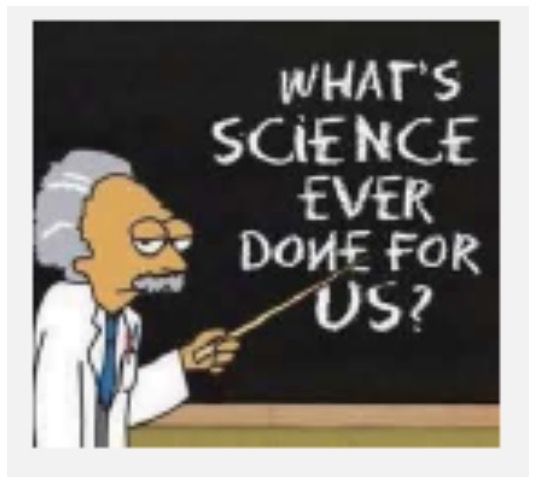 A. Science plays an increasingly significant role in people’s lives, making the faithful communication of scientific developments more important than ever. Yet such communication is fraught with challenges that can easily distort discussions, leading to unnecessary confusion and misunderstandings.
A. Science plays an increasingly significant role in people’s lives, making the faithful communication of scientific developments more important than ever. Yet such communication is fraught with challenges that can easily distort discussions, leading to unnecessary confusion and misunderstandings.
B. Some problems stem from the esoteric nature of current research and the associated difficulty of finding sufficiently faithful terminology Abstraction and complexity are not signs that a given scientific direction is wrong, as some commentators have suggested, but are instead a tribute to the success of human ingenuity in meeting the increasingly complex challenges that nature presents. They can, however, make communication more difficult. But many of the biggest challenges for science reporting arise because in areas of evolving research, scientists themselves often only partly understand the full implications of any particular advance or development. Since that dynamic applies to most of the scientific developments that directly affect people’s lives global warming, cancer research, diet studies — learning how to overcome it is critical to spurring a more informed scientific debate among the broader public.
C. Ambiguous word choices are the source of some misunderstandings. Scientists often employ colloquial terminology, which they then assign a specific meaning that is impossible to fathom without proper training. The term “relativity,” for example, is intrinsically misleading. Many interpret the theory to mean that everything is relative and there are no absolutes. Yet although the measurements any observer makes depend on his coordinates and reference frame, the physical phenomena he measures have an invariant description that transcends that observer’s particular coordinates. Einstein’s theory of relativity is really about finding an invariant description of physical phenomena. True, Einstein agreed with the idea that his theory would have been better named “Invarianten theorie.” But the term “relativity” was already entrenched at the time for him to change.
D. “The uncertainty principle” is another frequently abused term. It is sometimes interpreted as a limitation on observers and their ability to make measurements.
E. But it is not about intrinsic limitations on any one particular measurement; it is about the inability to precisely measure particular pairs of quantities simultaneously? The first interpretation is perhaps more engaging from a philosophical or political perspective. It’s just not what the science is about.
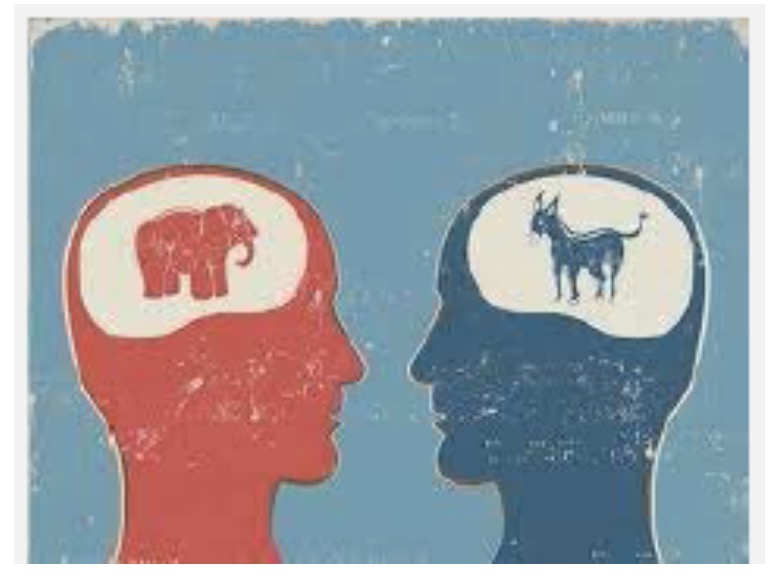 F. Even the word “theory” can be a problem. Unlike most people, who use the word to describe a passing conjecture that they often regard as suspect, physicists have very specific ideas in mind when they talk about theories. For physicists, theories entail a definite physical framework embodied in a set of fundamental assumptions about the world that lead to a specific set of equations and predictions — ones that are borne out by successful predictions. Theories aren’t necessarily shown to be correct or complete immediately. Even Einstein took the better part of a decade to develop the correct version of his theory of general relativity. But eventually both the ideas and the measurements settle down and theories are either proven correct, abandoned or absorbed into other, more encompassing theories.
F. Even the word “theory” can be a problem. Unlike most people, who use the word to describe a passing conjecture that they often regard as suspect, physicists have very specific ideas in mind when they talk about theories. For physicists, theories entail a definite physical framework embodied in a set of fundamental assumptions about the world that lead to a specific set of equations and predictions — ones that are borne out by successful predictions. Theories aren’t necessarily shown to be correct or complete immediately. Even Einstein took the better part of a decade to develop the correct version of his theory of general relativity. But eventually both the ideas and the measurements settle down and theories are either proven correct, abandoned or absorbed into other, more encompassing theories.
G. “Global warming” is another example of problematic terminology. Climatologists predict more drastic fluctuations in temperature and rainfall —not necessarily that every place will be warmer. The name sometimes subverts the debate, since it lets people argue that their winter was worse, so how could there be global warming? Clearly “global climate change” would have been a better name. But not all problems stem solely from poor word choices. Some stem from the intrinsically complex nature of much of modem science. Science sometimes transcends this limitation: remarkably, chemists were able to detail the precise chemical processes involved in the destruction of the ozone layer, making the evidence that chlorofluorocarbon gases (Freon, for example) were destroying the ozone layer indisputable.
H. A better understanding of the mathematical significance of results and less insistence on a simple story would help to 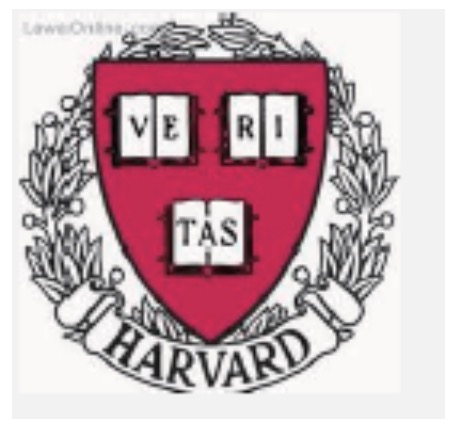 clarify many scientific discussions. For several months, Harvard was tortured months. Harvard was tortured by empty debates over the relative intrinsic scientific abilities of men and women. One of the more amusing aspects of the discussion was that those who believed in the differences and those who didn’t used the same evidence about gender-specific special ability. How could that be? The answer is that the data shows no substantial effects. Social factors might account for these tiny differences, which in any case have an unclear connection to scientific ability. Not much of a headline when phrased that way, is it? Each type of science has its own source of complexity and potential for miscommunication. Yet there are steps we can take to improve public understanding in all cases. The first would be to inculcate greater understanding and acceptance of indirect scientific evidence. The information from an unmanned space mission is no less legitimate than the information from one in which people are on board.
clarify many scientific discussions. For several months, Harvard was tortured months. Harvard was tortured by empty debates over the relative intrinsic scientific abilities of men and women. One of the more amusing aspects of the discussion was that those who believed in the differences and those who didn’t used the same evidence about gender-specific special ability. How could that be? The answer is that the data shows no substantial effects. Social factors might account for these tiny differences, which in any case have an unclear connection to scientific ability. Not much of a headline when phrased that way, is it? Each type of science has its own source of complexity and potential for miscommunication. Yet there are steps we can take to improve public understanding in all cases. The first would be to inculcate greater understanding and acceptance of indirect scientific evidence. The information from an unmanned space mission is no less legitimate than the information from one in which people are on board.
I. This doesn’t mean never questioning an interpretation, but it also doesn’t mean equating indirect evidence with blind belief, as people sometimes suggest. Second, we might need different standards for evaluating science with urgent policy implications than research with purely theoretical value. When scientists say they are not certain about their predictions, it doesn’t necessarily mean they’ve found nothing substantial. It would be better if scientists weremore open about the mathematical significance of their results and if the public didn’t treat math as quite so scary; statistics and errors, which tell us the uncertainty in a measurement, give us the tools to evaluate new developments fairly.
J. But most important, people have to recognize that science can be complex. If we accept only simple stories, the description will necessarily be distorted. When advances are subtle or complicated, scientists should be willing to go the extra distance to give proper explanations and patient about the truth. Even so, some difficulties are unavoidable. Most developments reflect work in progress, so the story is complex because no one yet knows the big picture.
Questions 27-31
Choose the correct letter, A, B, c or D.
Write your answers in boxes 27-31 on your answer sheet.
27 Why the faithful science communication Important?
A. Science plays an increasingly significant role in people’s lives.
B. Science is fraught with challenges public are interested in.
C. The nature of complexity in science communication leads to confusion.
D. Scientific inventions are more important than ever before.
28 What is the reason that the author believe for the biggest challenges for science reporting
A phenomenon such as global warming, cancer research, diet studies are too complex
B Scientists themselves often only partly understand the Theory of Evolution
C Scientists do not totally comprehend the meaning of certain scientific evolution
D Scientists themselves often partly understand the esoteric communication nature
29 According to the 3rd paragraph, the reference to the term and example of “theory of relativity” is to demonstrate
A theory of relativity is about an invariant physical phenomenon
B common people may be misled by the inaccurate choice of scientific phrase
C the term “relativity,” is designed to be misleading public
D everything is relative and there is no absolutes existence
30 Which one Is a good example of appropriate word choice:
A Scientific theory for uncertainty principle
B phenomenon of Global warming
C the importance of ozone layer
D Freon’s destructive process on environmental
31 What Is surprising finding of the Harvard debates In the passage?
A There are equal intrinsic scientific abilities of men and women.
B The proof applied by both sides seemed to be of no big difference,
C The scientific data usually shows no substantial figures to support a debated idea.
D Social factors might have a clear connection to scientific ability.
Questions 32-35
Do the following statements agree with the information given in Reading Passage 1?
In boxes 32-35 on your answer sheet, write
TRUE if the statement is true
FALSE if the statement is false
NOT GIVEN if the information is not given in the passage
32 “Global warming” scientifically refers to greater fluctuations in temperature and rainfall rather than a universal temperature rise.
33 More media coverage of “global warming” would help public to recognize the phenomenon.
34 Harvard debates should focus more on female scientist and male scientists
35 Public understanding and acceptance of indirect scientific evidence in all cases would lead to confusion
Questions 36-40
Complete the following summary of the paragraphs of Reading Passage, using no more than two words from the Reading Passage for each answer. Write your answers in boxes 36-40 on your answer sheet.
Science Communication is fraught with challenges that can easily distort discussions, leading to unnecessary confusion and misunderstandings. Firstly, Ambiguous 36………….are the source of some misunderstandings. Common people without proper training do not understand clearly or deeply a specific scientific meaning via the 37…………scientists often employed. Besides, the measurements any 38………….makes can not be confined to describe in a(n) constant 39………….yet the phenomenon can be. What’s more, even the word “theory” can be a problem. Theories aren’t necessarily shown to be correct or complete immediately since scientists often evolved better versions of specific theories, a good example can be the theory of 40 ………… Thus, most importantly people have to recognize that science can be complex.

